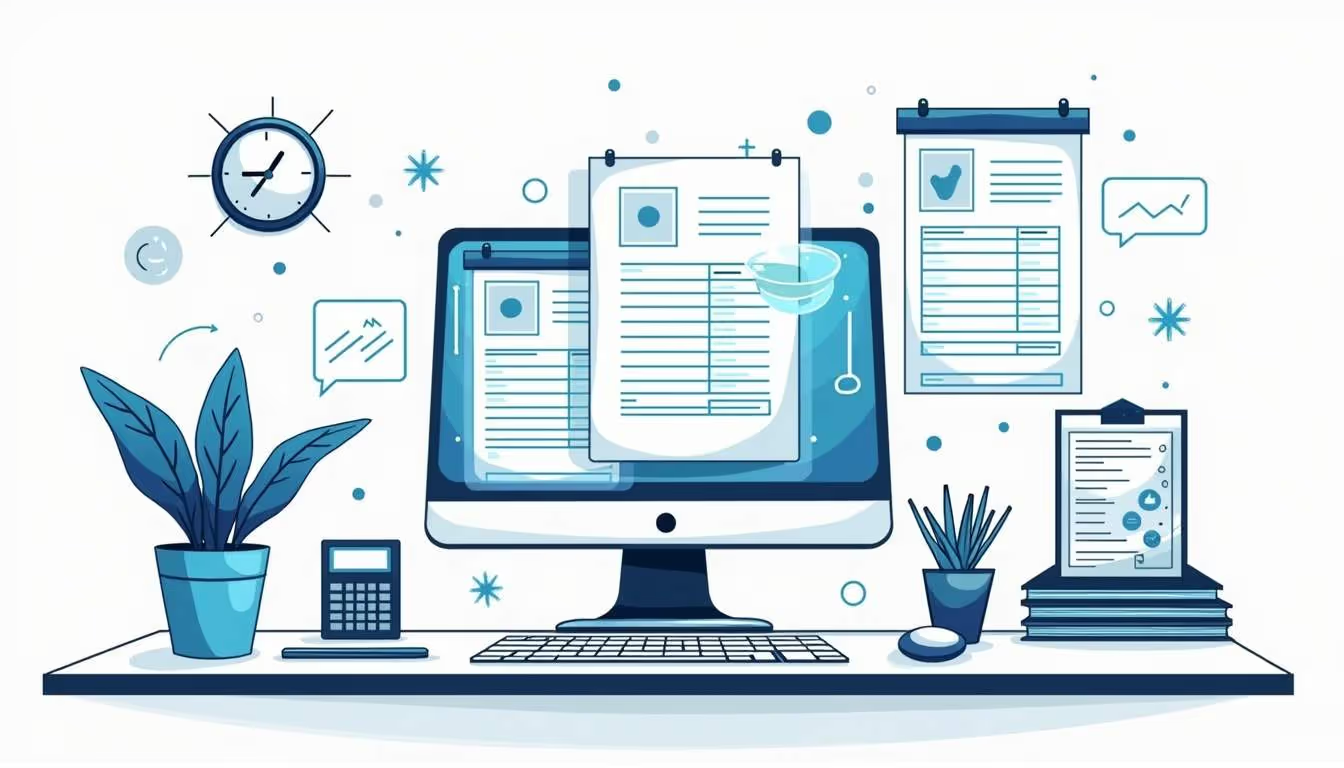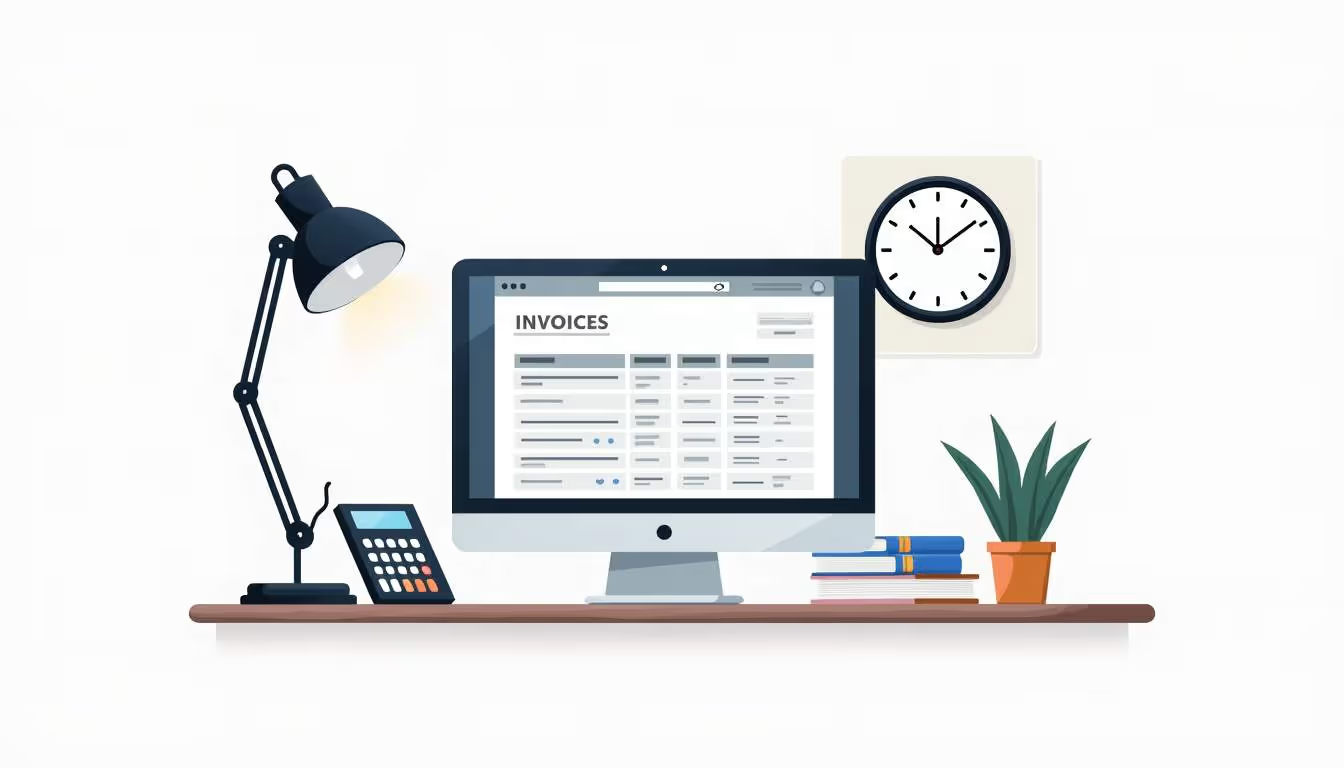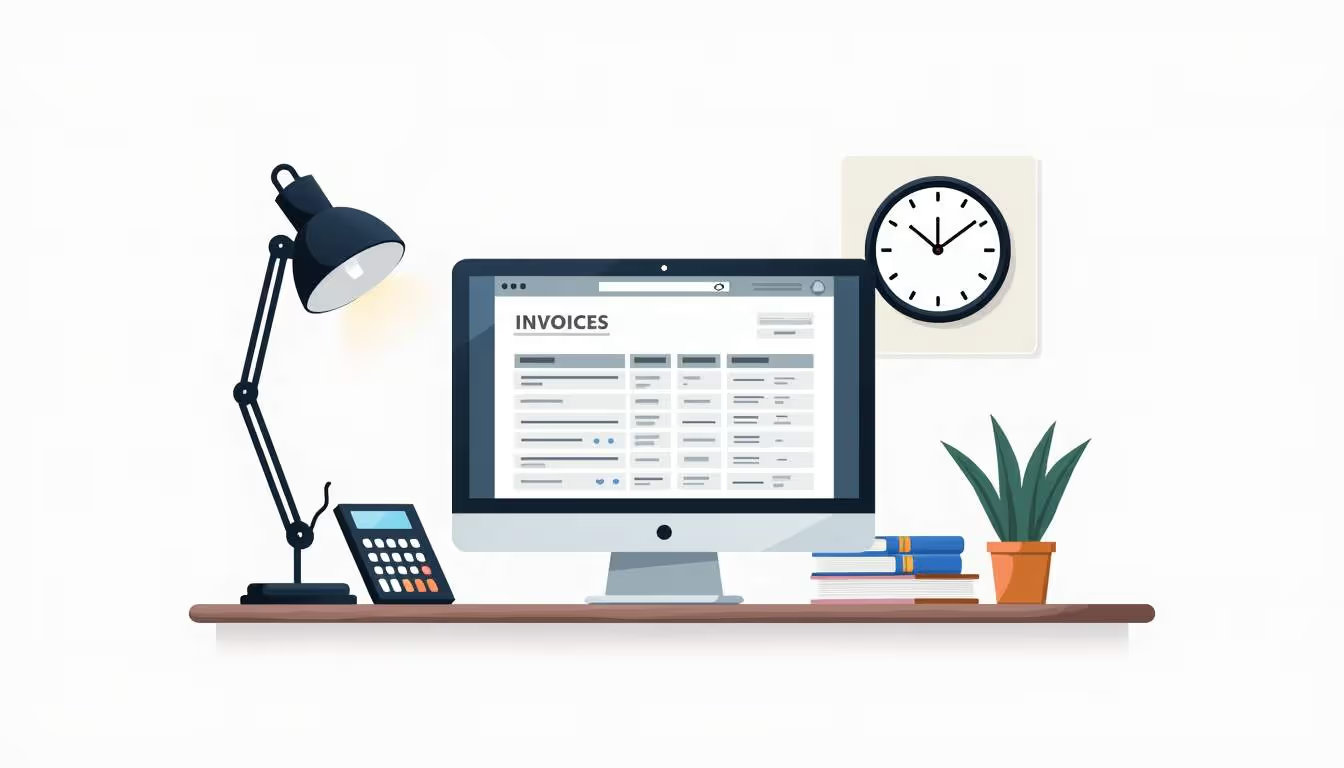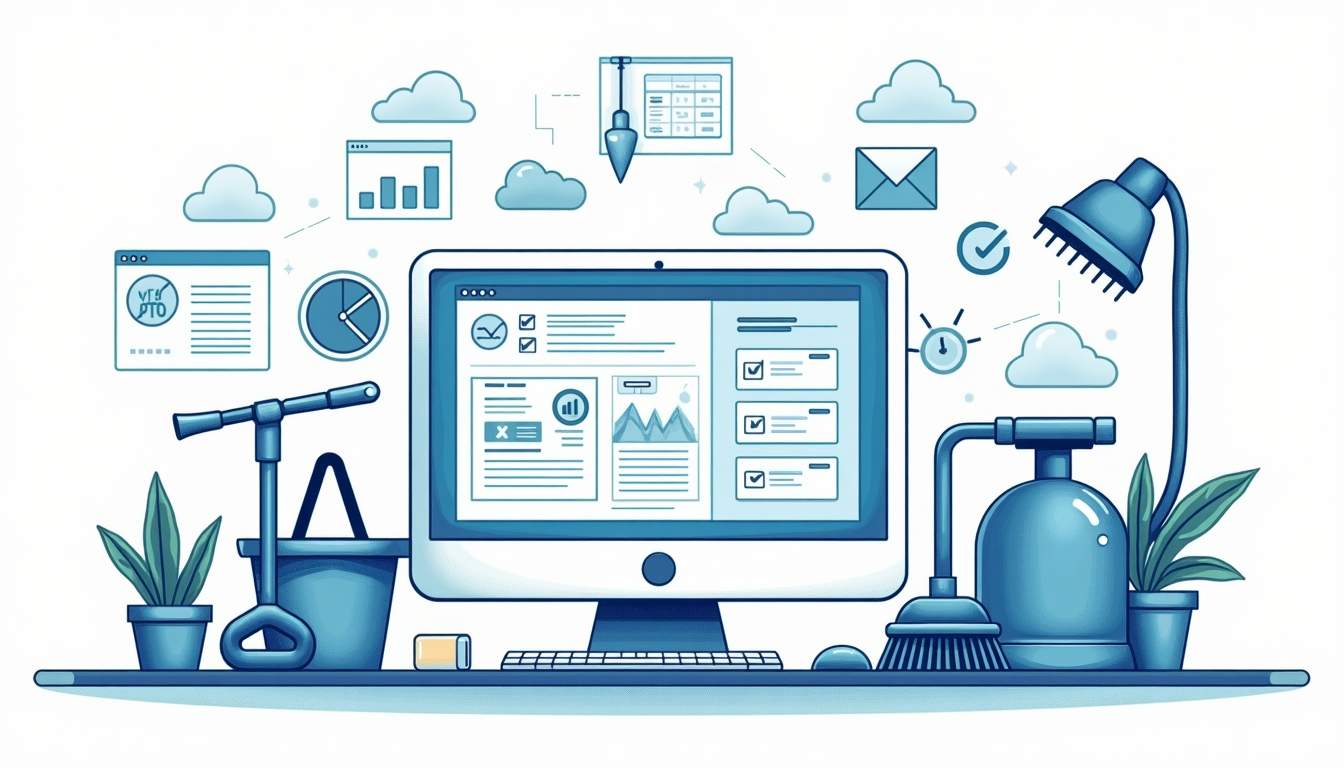Invoicing for Service Companies: A Comprehensive Guide to Streamline Your Billing Process
Invoicing is the backbone of cash flow management for service companies. Yet, many organizations struggle with inefficiencies that lead to delayed payments, lost revenue, and operational bottlenecks. With the rapid evolution of technology, including AI and automation, service firms now have powerful tools to optimize their billing processes and improve financial performance.
This guide explores key challenges faced by service companies in invoicing, highlights emerging solutions, and offers practical strategies to streamline your billing process for faster payments and enhanced accuracy.
Understanding the Challenges in Service Company Invoicing
Revenue Loss from Missed Invoicing Opportunities
Invoicing inefficiencies are more than just administrative headaches—they directly impact a company’s bottom line. A 2024 survey of Finnish professional services companies revealed that over half reported revenue loss due to missed invoicing opportunities. These missed opportunities often stem from delayed invoice generation, incomplete billing data, or errors that cause disputes and payment delays.
For service companies, where billing is often project-based or time-sensitive, ensuring every billable hour or service is accurately invoiced is critical. Failure to do so not only reduces immediate revenue but can also damage client relationships and future business prospects. Moreover, the ripple effects of these missed opportunities can extend beyond immediate financial losses; they can lead to increased administrative burdens as teams scramble to rectify errors and chase down payments. This not only consumes valuable time but can also lead to employee burnout, further complicating the invoicing process.
Extended Payment Cycles and Cash Flow Implications
Another common challenge is the length of the payment cycle. According to a 2023 survey, the average Days Sales Outstanding (DSO) for professional services firms was 47.6 days, with nearly one-third of firms experiencing payment times of 60 days or more. Long DSOs strain cash flow, making it difficult to cover operational costs and invest in growth.
Delays in payment often arise from manual invoicing errors, unclear payment terms, or inefficient follow-up processes. These issues underscore the need for streamlined billing systems that accelerate invoice delivery and improve payment tracking. Additionally, companies may find themselves at a competitive disadvantage if they cannot maintain a healthy cash flow. This can hinder their ability to respond to market changes, invest in new technologies, or hire additional staff, ultimately stifling innovation and growth. As the landscape of service industries continues to evolve, addressing these invoicing challenges becomes increasingly vital for maintaining operational efficiency and ensuring long-term sustainability.
Leveraging Technology to Transform Your Invoicing Process
The Rise of E-Invoicing and Market Growth
The global e-invoicing market is expanding rapidly, valued at $6.62 billion in 2022 and projected to nearly double to $11.82 billion by 2028, growing at a compound annual growth rate (CAGR) of over 10%. This growth reflects widespread adoption of electronic invoicing systems that replace paper-based methods with automated, digital workflows.
E-invoicing offers numerous benefits for service companies, including faster invoice delivery, reduced errors, enhanced compliance, and improved data security. By integrating e-invoicing into your billing process, your company can reduce manual tasks and accelerate payment cycles. Additionally, e-invoicing can streamline communication with clients, allowing for quicker resolution of any discrepancies and fostering stronger business relationships. The ability to track invoices in real-time also empowers companies to manage their cash flow more effectively, ensuring that funds are available when needed.
Advanced Billing and Invoicing Software Solutions
Alongside e-invoicing, specialized billing and invoicing software markets are also growing robustly. The global market for these solutions is expected to reach $4.83 billion in 2024, with a CAGR of 12.51%. These platforms offer comprehensive features such as automated invoice generation, payment tracking, credit management, and reporting.
For service companies, selecting the right software can dramatically improve efficiency. Automated systems minimize human error, ensure consistent invoice formatting, and provide real-time visibility into accounts receivable, helping businesses get paid faster. Furthermore, many of these software solutions come equipped with analytics tools that allow companies to gain insights into their billing processes. By analyzing payment patterns and client behavior, businesses can make informed decisions about pricing strategies and credit terms, ultimately enhancing profitability and customer satisfaction.
Automation and Artificial Intelligence in Invoice Processing
Emerging technologies like Artificial Intelligence (AI) and robotic process automation (RPA) are revolutionizing invoice management. A 2025 study demonstrated that Large Language Models (LLMs) can review legal invoices with up to 92% accuracy, outperforming human reviewers. This level of precision reduces costly errors and speeds up invoice validation.
Moreover, a 2024 study showed that integrating software robots with advanced technologies can automate electronic invoice audits, significantly cutting manual effort and minimizing mistakes. These innovations enable service companies to handle higher invoice volumes with fewer resources, freeing teams to focus on strategic tasks. In addition to efficiency gains, the use of AI can help in predictive analytics, allowing companies to forecast cash flow trends based on historical data. This capability can be invaluable for budgeting and financial planning, ensuring that businesses remain agile and responsive to market changes.
Best Practices to Streamline Your Billing Process
Standardize and Automate Invoice Generation
Consistency is key when it comes to invoicing. Service companies should establish standardized invoice templates that include all necessary details such as service descriptions, rates, payment terms, and tax information. Using automated billing software ensures these templates are applied uniformly, reducing errors and disputes.

Automation also allows invoices to be generated and sent immediately upon project milestones or service completion, eliminating delays caused by manual preparation. This timely invoicing is crucial for maintaining steady cash flow. Moreover, by integrating invoicing systems with project management tools, companies can streamline the entire workflow from service delivery to billing, ensuring that no steps are overlooked and that the invoicing process is as efficient as possible.
Implement Robust Accounts Receivable Automation
Accounts receivable automation software not only generates invoices but also tracks payments, sends reminders, and manages credit. By automating these processes, companies can reduce manual follow-up work and improve collection rates.
Such systems provide real-time dashboards that highlight overdue accounts and payment trends, enabling proactive management. Automating payment reminders helps shorten the average DSO and ensures that outstanding invoices receive timely attention. Additionally, incorporating analytics into these systems can help identify patterns in customer payment behavior, allowing companies to tailor their collection strategies and improve overall financial health.
Enhance Invoice Accuracy with AI-Powered Review
Incorporating AI-driven invoice review tools can catch discrepancies before invoices are sent to clients. These tools analyze invoice data against contracts, service logs, and pricing rules, flagging inconsistencies that might otherwise cause payment delays.
By ensuring invoices are accurate and compliant, service companies reduce the risk of disputes and improve client satisfaction. This also accelerates the approval process on the client’s end, speeding up payment cycles. Furthermore, the use of machine learning algorithms can continuously improve the accuracy of these tools over time, adapting to new pricing structures or service offerings as they evolve, thus providing an ongoing benefit to the billing process.
Secure Your Billing Data and Systems
Security is paramount when managing sensitive billing information. A 2020 study on e-invoicing systems highlighted existing inefficiencies in information security and recommended adopting emerging technologies to bolster protection.
Service companies should implement encryption, access controls, and regular audits to safeguard invoicing data. Secure systems build trust with clients and protect against fraud or data breaches that could disrupt billing operations. Additionally, training staff on best practices for data security can further enhance protection, ensuring that everyone involved in the billing process understands the importance of safeguarding sensitive information and is equipped to recognize potential threats.
Looking Ahead: The Future of Invoicing in Service Companies
Integration with Broader Financial Ecosystems
Future invoicing solutions will increasingly integrate with enterprise resource planning (ERP), customer relationship management (CRM), and payment platforms. This seamless connectivity will enable end-to-end automation from service delivery to cash receipt, reducing friction and manual intervention.

Such integration also supports advanced analytics, providing insights into client payment behavior, service profitability, and cash flow forecasting to inform strategic decision-making. For instance, by analyzing historical data, service companies can identify trends in payment delays and adjust their invoicing strategies accordingly. This proactive approach not only enhances cash flow management but also fosters stronger relationships with clients by allowing companies to address potential issues before they escalate.
Adoption of AI and Machine Learning at Scale
As AI models continue to improve, their role in invoice processing will expand beyond review to include predictive analytics for payment likelihood, dynamic credit management, and automated dispute resolution.
Service companies that embrace these technologies early will gain competitive advantages through faster billing cycles, reduced operational costs, and enhanced client experience. Moreover, machine learning algorithms can learn from past interactions to tailor communication strategies for different clients, ensuring that reminders and follow-ups are both timely and relevant. This personalization not only increases the chances of prompt payments but also enhances customer satisfaction by demonstrating an understanding of individual client needs.
Growing Importance of Compliance and Regulatory Adaptation
With evolving tax laws and international invoicing standards, service companies must stay agile. E-invoicing platforms that automatically update to comply with new regulations will be essential to avoid penalties and ensure smooth cross-border transactions.
Furthermore, as businesses expand their operations globally, the complexity of compliance increases significantly. Companies will need to navigate various tax jurisdictions and currency conversions, making it imperative for invoicing systems to incorporate multi-currency support and real-time tax calculations. This capability not only streamlines the invoicing process but also mitigates risks associated with non-compliance, allowing service companies to focus on growth and innovation rather than administrative burdens.
Conclusion
Efficient invoicing is critical for the financial health and growth of service companies. The challenges of revenue leakage, extended payment cycles, and manual inefficiencies can be overcome by adopting modern e-invoicing systems, leveraging AI and automation, and following best practices in billing management.

By investing in technology and process improvements today, service firms can accelerate cash flow, reduce errors, enhance client satisfaction, and position themselves for future success in an increasingly digital financial landscape.








